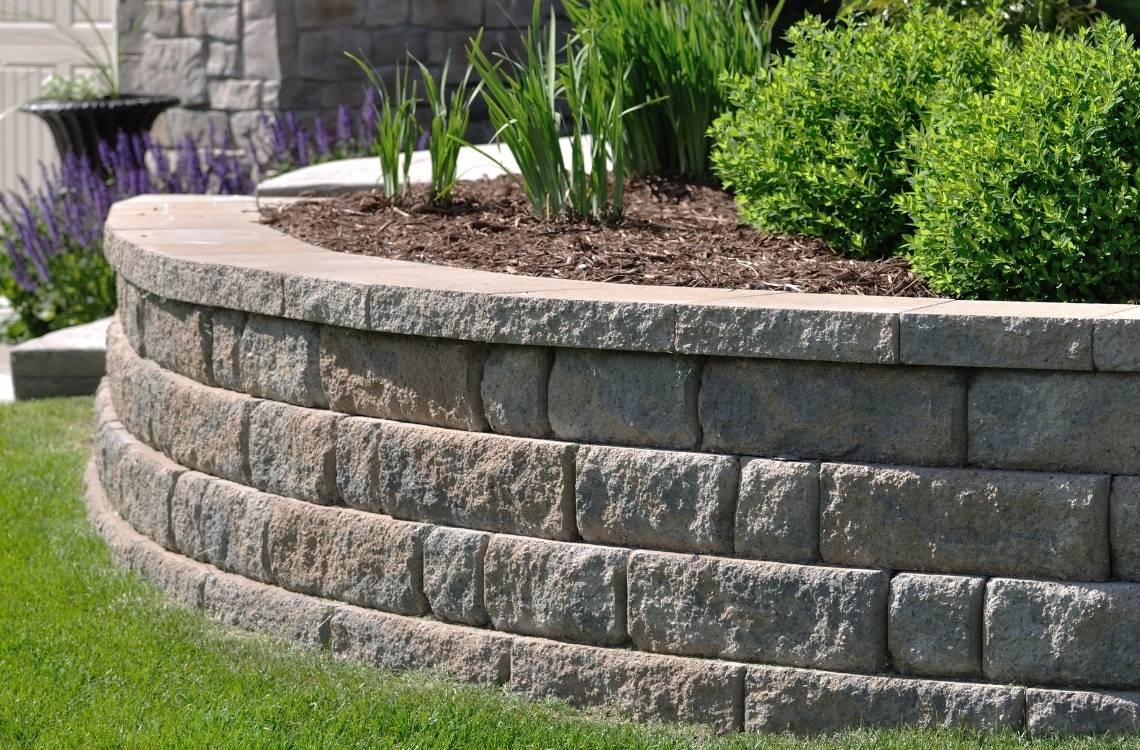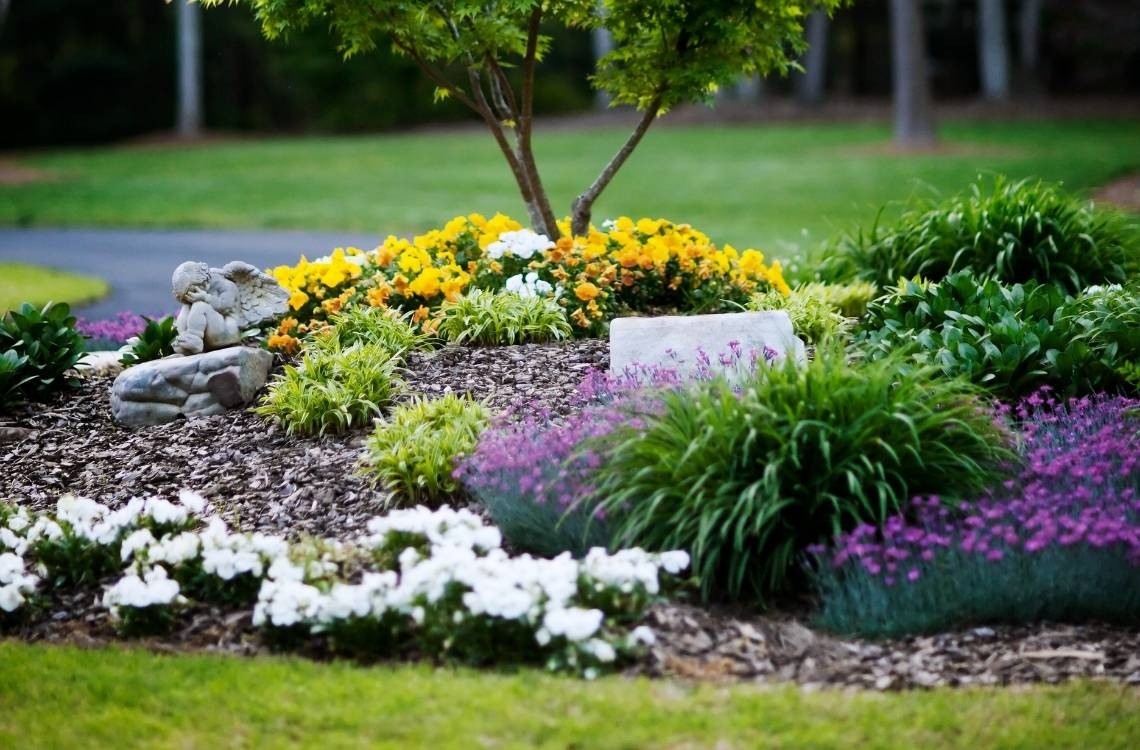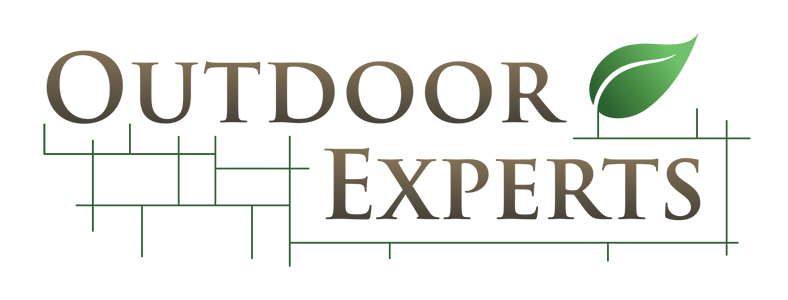Hardscaping vs Softscaping: The Difference Between the Two and What it Means for Your Yard
Hardscaping vs Softscaping: The Difference Between the Two and What it Means for Your Yard
.jpg)
So, you want the best yard in the neighborhood. You aren’t alone.
Up and down your block, all over your neighborhood, and everywhere in your community, your neighbors are thinking the same thing.
Every upgrade, big and small, helps you take one step closer to achieving this goal.
But there are so many different upgrades you can make, that it can be hard to keep them all straight.
You have probably heard of hardscaping and softscaping. Each fall under the landscaping umbrella, but you might not know the difference between the two. They both help make your yard look a little better, right?
If you want to know more about hardscaping, softscaping, and the difference between the two, keep reading. This post will help you learn the difference once and for all, and help you determine how to use each to take one step closer to the yard of your dreams.
Everything You Need to Know About Hardscaping

Hardscaping refers to the use of heavy materials that are installed as part of landscaping.
Some common hardscape materials used are river rock, flagstone, chopped stone, and other sturdy materials. These materials are often used to create walkways, patios, and outdoor living spaces.
Hardscaping is generally employed during the early stages of landscape design. You can think of it as the bones of landscaping.
These are the sturdy materials meant to stand up to the elements and weather any storm. Hardscaping shapes the land where softscape materials will be installed.
Not only that, but hardscaping helps protect the integrity of the land and stand up against erosion.
Building retaining walls, walkways, and concrete patios all help ensure that the land and soil are protected from undue wear and erosion.
Everything You Need to Know About Softscaping

Where hardscaping deals with rough materials like stone, softscaping employs delicate, vibrant elements.
Materials like mulch, soil, and plants are the main staples of softscaping. These materials are typically lighter and require of more gentle touch than those used in hardscaping.
The most important thing about softscaping is that it can be permanent or temporary.
Some examples of permanent softscaping are installing trees, shrubs, and other perennial plants.
Temporary softscaping refers to seasonal planting. For example, seasonal planting, and vinery that must be replaced yearly are temporary softscaping.
Softscaping often uses hardscape materials as a cover and as a base for growth.
While the two are separate disciplines, they both work together to create a more beautiful and full landscape.
Outdoor Experts Helps to Improve Your Yard
If you want a yard that is the envy of your neighborhood, then you must take advantage of all the different landscaping options there are to offer.
If your yard is looking a little rugged and barren, then you will need some softscaping to liven it up.
Likewise, if your yard is overflowing with plant life, then it is time to install some hardscaping to give your plants new places to grow.
Both hardscaping and softscaping work together to give your landscape a more beautiful appeal.
If you are ready to give your yard a beauty boost, then it is time to reach out to the pros at Outdoor Experts. We are experienced at helping turn your landscape dreams into reality.
From patios, outdoor kitchens, fountains, pools, and more we know what it takes to turn your backyard into an outdoor oasis.
